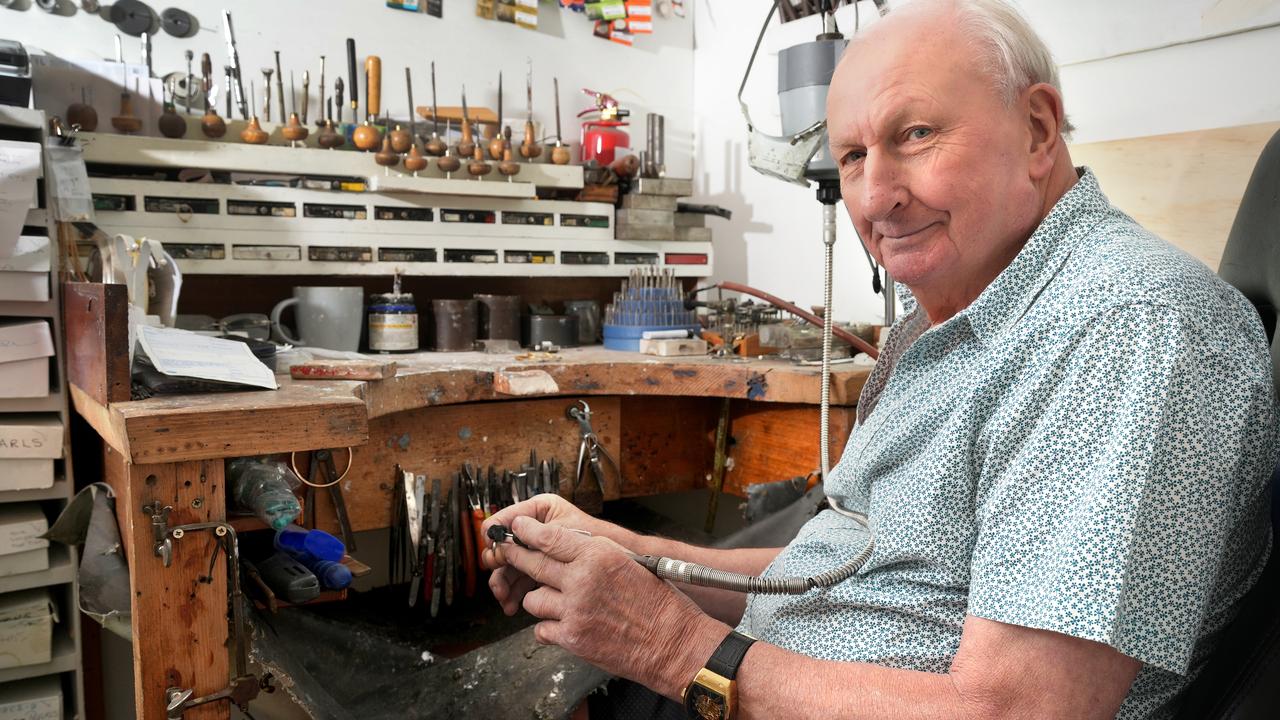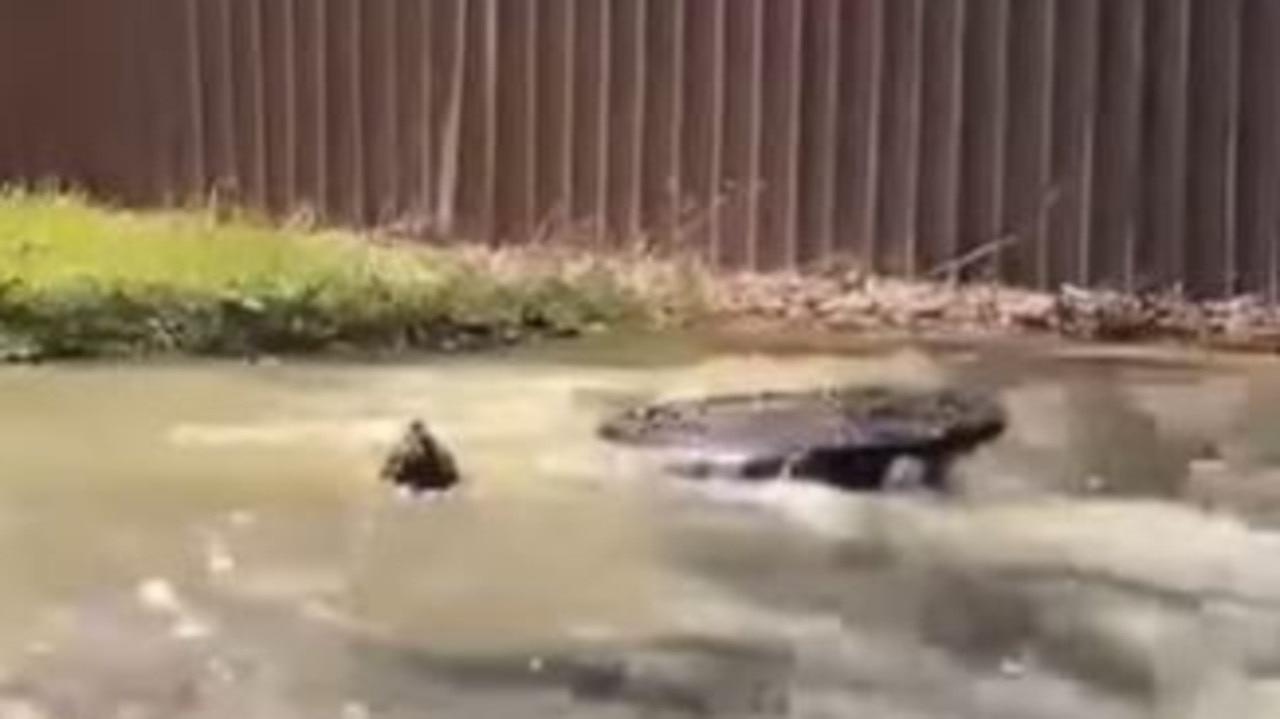‘A lot of sharks’: SA coastline ‘most dangerous in the world’ to surf, veteran surfer Jeff Schmucker warns
Surfing communities from the SA west coast are still rattled from multiple shark attacks and are calling on the state government for stronger action to give locals peace of mind.
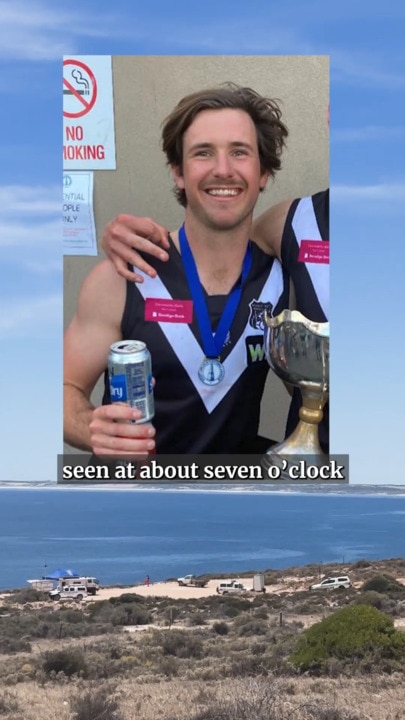
SA News
Don't miss out on the headlines from SA News. Followed categories will be added to My News.
Not much has deterred veteran surfer and fisherman Jeff Schmucker, 57 from entering the ocean along the state’s west coast for the past five decades, at least, not until about three years ago, he says.
“It’s the most dangerous place to go surfing in the world,” he told the Sunday Mail.
“I’ve been trying to tell the surfing community this.”
Like many others, Jeff’s take on the matter is anecdotal, but after more than five decades spent fishing along the coast, catching sharks and other fish, he’s noticed a change.
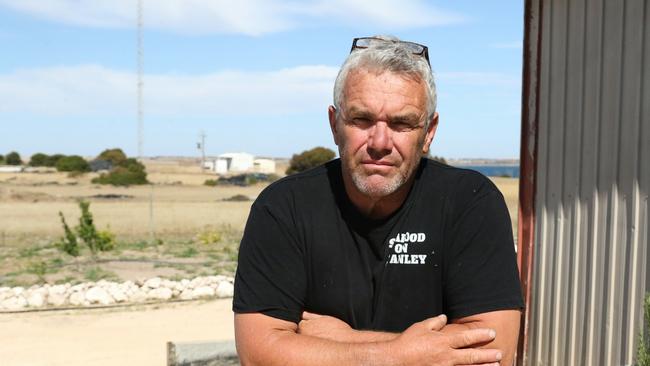
Before great white sharks became a federally protected in 1999, encounters with the species were common.
“I saw quite a few from when I was 8 or 9 years old, through to 15 when I was fishing with my dad in the (Great Australian) Bight for the next 30 years,” he says.
But after 1999 and the banning of gillnet fishing along the SA coast in 2011, which unintentionally resulted in a decline in the great white population, Jeff believes population numbers have bounced back significantly.
“The gillnets were banned under the premise that they were killing too many sea lions and dolphins but we were killing too many great whites as well,” he says.
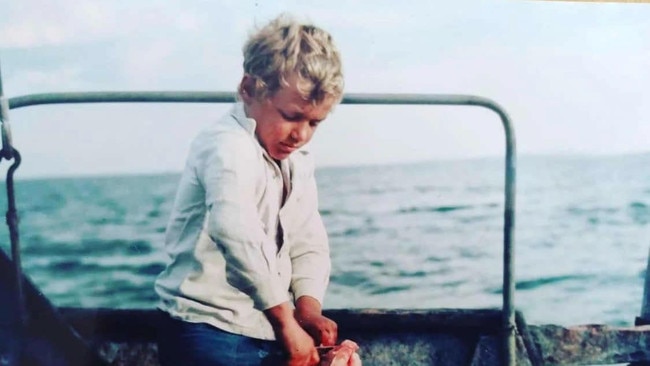
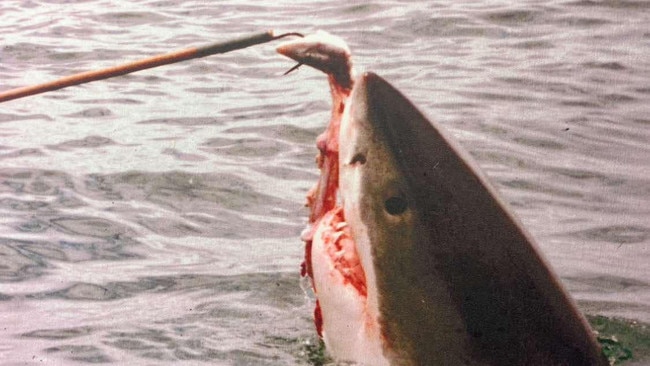
“So when they were banned, it immediately gave the population the opportunity to recover.
“(Now) I would say that we’ve got 200-300 great whites that are over 12 feet (3.2 metres), in South Australia, so you know, somewhere between the three and six metre range, 200 adults and I’d say 100-150 would be in the breeding capacity. But all up there are somewhere around 500-700 in SA.”
“It’s a lot of sharks, yeah, and then sharks need their food.”
While there have been anecdotal reports of increased numbers of White Sharks, such a population growth is yet to be scientifically substantiated, the state government says.
Since May 2023, four surfers have been killed by great white sharks along the SA coastline.
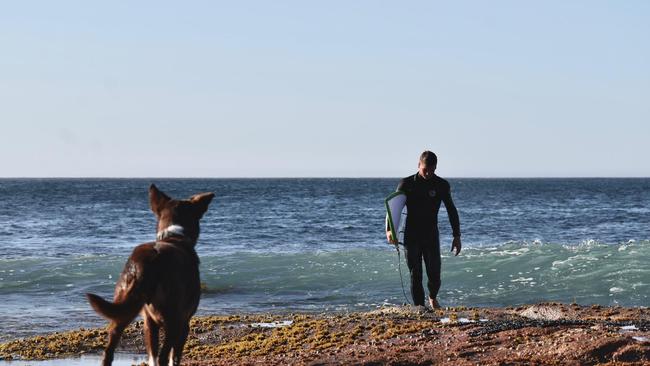
Simon Baccanello, 43, was killed while surfing at Walkers Rocks near Elliston in May 2023, Tod Gendle, 55, was killed while surfing at Granites Beach near Streaky Bay in October 2023, a month before Khai Cowley, 15, who was killed at Ethel Wreck on the Yorke Peninsula, and most recently, Lance Appleby, 28, at Granite Beach on January 2.
Their deaths have left trauma and rattled the surfing community, with many now weighing up the risk of catching a wave, and walking out of the water with their lives.
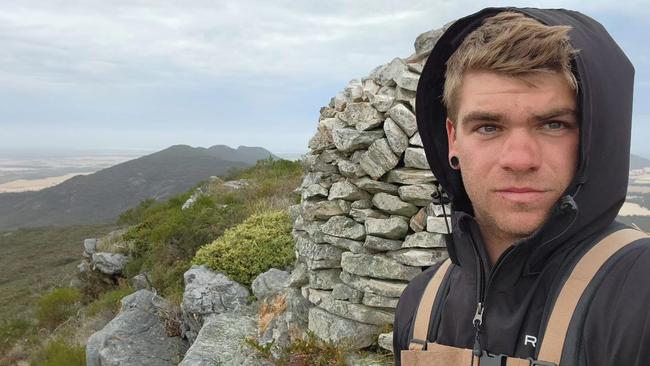
It’s a sentiment Lance’s friend, Streaky Bay local and lifelong surfer, Danny Utah, 26, shares.
“In the last 18-months or so, it (shark attack) has happened quite a significant amount of times, and it feels like it’s happening a lot more,” he told the Sunday Mail.
“It just feels like something in the water has changed.”
A few days after his friend died, Danny took it upon himself to raise public awareness around the issue, and conducted his own research into what other states were doing for shark mitigation compared to SA.
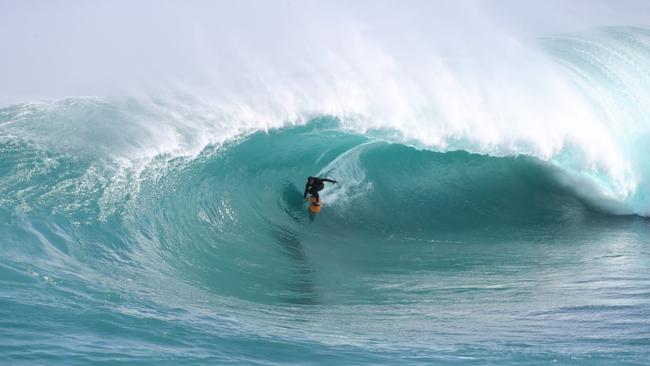
He quickly learned that NSW has the largest shark management and mitigation program in the world, and has planned to spend up to $86m to uphold and upgrade the program from 2022-26.
Measures in NSW include smart drumlines, tagging listening stations, surveillance drones and shark nets, and a shark smart website and app, where information such as data collected by other measures can be easily accessed.
In WA, $3.8m is spent on Surf Life Saving for helicopters, jet skis, drones, beach patrols and evacuation support.
They also have a tagging program, and SHARKSMART app and website which provides the public with shark sightings, warnings in real time.
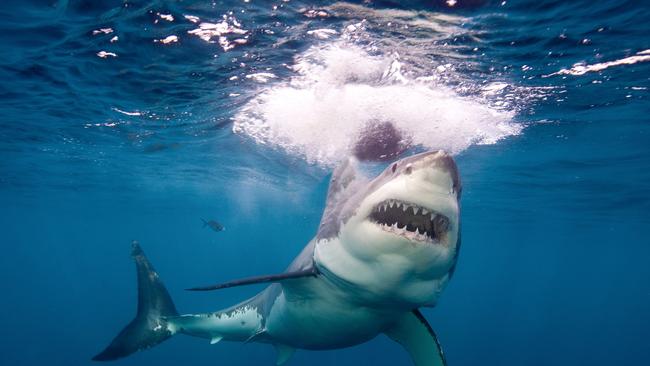
Recently, WA has included $17.3m in the state government’s 2024-25 annual budget to continue their shark mitigation program.
In SA, the state government has put $500,000 towards mitigation, which includes aerial patrols along Adelaide’s front beaches and south towards Rapid Bay, Victor Harbor and the Murray Mouth during the summer season.
Danny and the community are calling for stronger measures to be put in place, and for public information sharing on shark sightings to be more readily available.
At the start of 2024, the Malinauskas government formed a taskforce to review current shark mitigation arrangements following multiple fatal attacks.
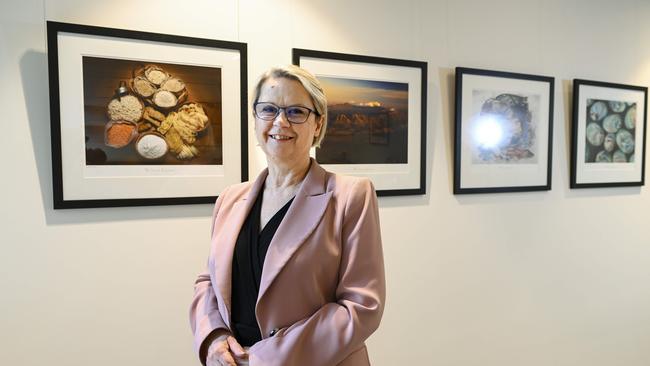
On Friday, Minister for Primary Industries, Clare Scriven returned from meeting with councils on the west coast, and said the state government was looking to develop stronger mitigation measures.
“Surf Lifesaving SA (SLSA) has begun coastal risk assessments and meetings with regional communities, including visiting the Eyre Peninsula recently,” she said.
“I met with Streaky Bay, Elliston, Ceduna, and Port Lincoln councils in Streaky Bay where we further discussed progress and outcomes for the Eyre Peninsula communities.”
Minister Scriven said it was an “opportunity” to “hear first-hand” about the impact of the most recent tragedy, feedback about the $500,000 arrangement, and locals’ thoughts on the “perceived increase” in the great white population.
Work from the state government has begun, however, it is still in its infancy stages.
More Coverage
Originally published as ‘A lot of sharks’: SA coastline ‘most dangerous in the world’ to surf, veteran surfer Jeff Schmucker warns




